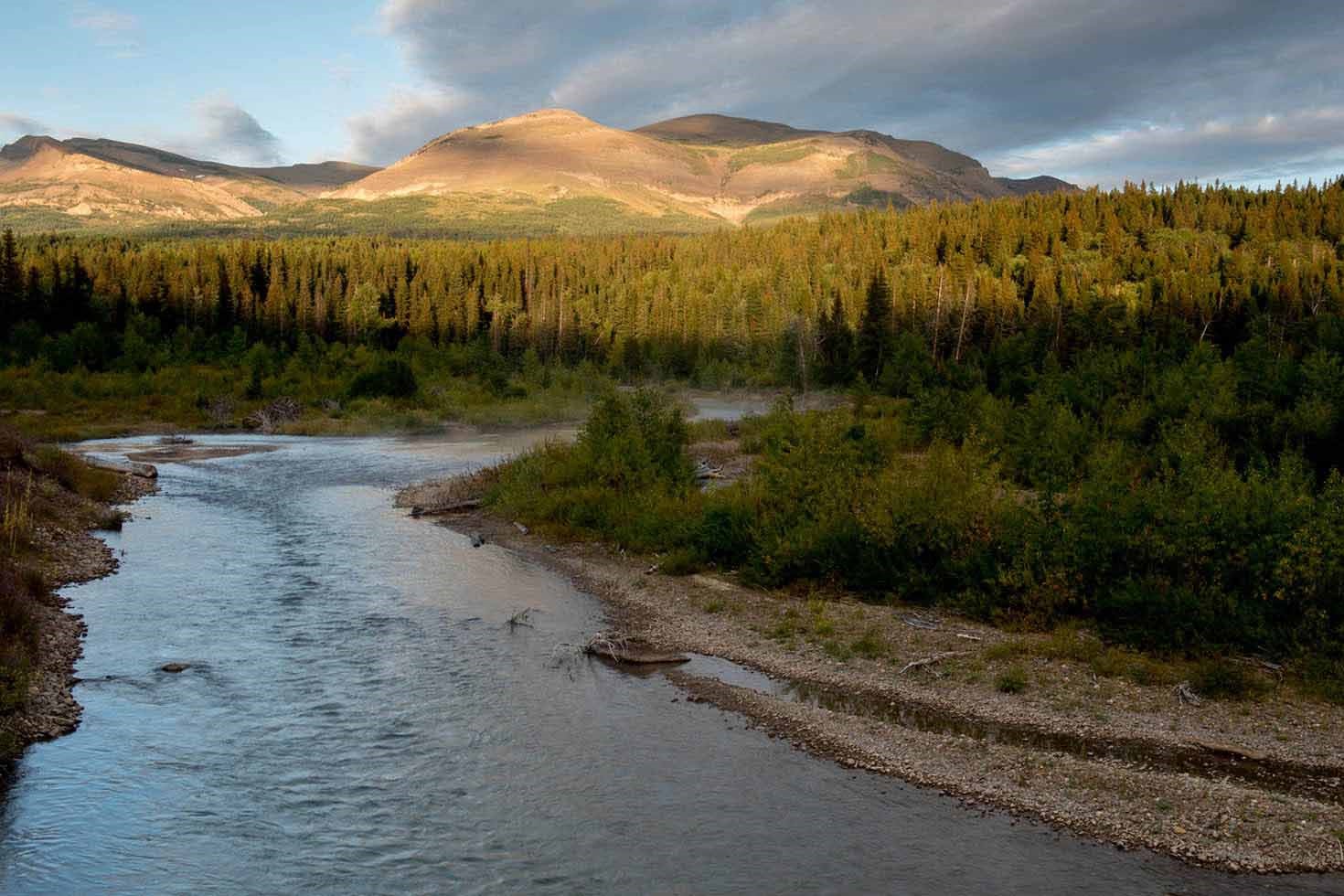Lost Trading Posts Of Montana’s Blackfeet Country

Imagine stepping back in time to the days when trading posts dotted the landscape of Montana's Blackfeet Country. These bustling hubs were more than just places to exchange goods; they were the heart of community life. Traders, trappers, and Native Americans gathered, sharing stories and forging connections. The Blackfeet Nation, with its rich history and culture, played a crucial role in these exchanges. Today, remnants of these posts whisper tales of the past, inviting curious minds to learn about the vibrant interactions that once took place. Exploring these sites offers a glimpse into a world where cultures met and mingled, shaping the region's history. Whether you're a history buff or just curious, the lost trading posts of Montana's Blackfeet Country promise a fascinating journey into the past.
Discovering the Lost Trading Posts of Montana's Blackfeet Country
Montana's Blackfeet Country holds stories of the past, hidden in its vast landscapes. These trading posts were once bustling hubs of activity, where cultures met and exchanged goods. Let's journey through time and uncover these forgotten places.
The Significance of Trading Posts
Trading posts were vital in the 19th century, serving as centers for trade, communication, and cultural exchange. They played a crucial role in the lives of the Blackfeet people and settlers alike. Here are some of the most notable trading posts in this region.
- Fort Benton
Fort Benton, often called the "Birthplace of Montana," was a key trading post along the Missouri River. Established in 1846, it became a major hub for fur trading and steamboat travel. The fort's strategic location made it a bustling center for commerce and interaction between Native American tribes and European settlers.
- Fort Piegan
Fort Piegan, located near present-day Browning, was established in 1831 by the American Fur Company. It served as a crucial trading post for the Blackfeet Nation. Though it was short-lived, Fort Piegan played a significant role in the fur trade and the region's history.
- Fort Macleod
Though technically in Alberta, Canada, Fort Macleod had strong ties to the Blackfeet Country. Established in 1874 by the North-West Mounted Police, it became a key trading post and law enforcement center. The fort helped maintain peace and facilitated trade between the Blackfeet and settlers.
- Fort Whoop-Up
Fort Whoop-Up, another Canadian trading post, was notorious for its whiskey trade. Located near present-day Lethbridge, Alberta, it attracted traders and Blackfeet people alike. Despite its reputation, Fort Whoop-Up was an important site for cultural exchange and commerce.
- Fort Shaw
Fort Shaw, established in 1867, was initially a military post but quickly became a trading center. Located near the Sun River, it served as a supply depot for settlers and a meeting place for the Blackfeet. The fort's presence helped shape the region's development.
- Fort Conrad
Fort Conrad, built in the late 1800s, was a lesser-known trading post near the Marias River. It served as a base for traders and trappers, facilitating trade with the Blackfeet. Though not as prominent as other forts, Fort Conrad contributed to the area's economic growth.
- Fort Assiniboine
Fort Assiniboine, established in 1879, was one of the largest military posts in the region. While primarily a military installation, it also served as a trading post. The fort's presence helped protect settlers and maintain peace with the Blackfeet Nation.
- Fort Browning
Fort Browning, located near the present-day town of Browning, was a short-lived trading post. Established in the late 1800s, it aimed to facilitate trade with the Blackfeet. Though it didn't last long, Fort Browning played a role in the region's trading history.
- Fort Lewis
Fort Lewis, established in 1845, was a key trading post along the Missouri River. It served as a hub for fur traders and settlers, fostering interaction with the Blackfeet. The fort's strategic location made it an important site for commerce and cultural exchange.
- Fort Campbell
Fort Campbell, built in the mid-1800s, was a small trading post near the Milk River. It served as a base for traders and trappers, facilitating trade with the Blackfeet. Though not as well-known as other forts, Fort Campbell contributed to the region's economic development.
Reflecting on Montana's Hidden History
Montana's Blackfeet Country holds a rich tapestry of history waiting to be uncovered. The lost trading posts tell stories of commerce, culture, and community that shaped the region. These posts were more than just places of trade; they were hubs where different cultures met and exchanged not only goods but also ideas and traditions. Exploring these sites offers a glimpse into the past, revealing how the Blackfeet people and traders interacted and influenced each other. While many of these posts have faded into obscurity, their legacy lives on through the stories and artifacts they left behind. For those interested in history, visiting these sites provides a unique opportunity to connect with a bygone era. As you walk through these historic grounds, imagine the bustling activity that once filled these spaces, and appreciate the enduring impact they have on Montana's cultural landscape.

